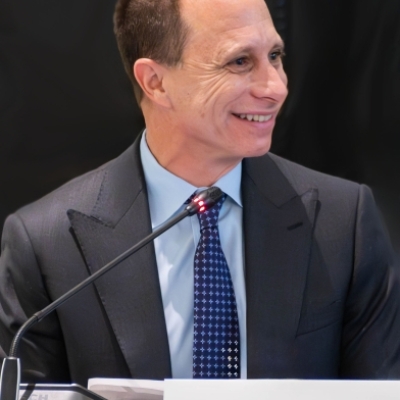Over the last few weeks, we've witnessed the spectacle of “outrage” at learning that two major figures in the school reform wars (Leonie Haimson and Michelle Rhee) send their children to private schools.
I'm not interested in rehashing all of the usual debates. I do want to point out that there's public, and then there's “public.” In other words, some of the people expressing indignation, I suspect, may send their children to “public” schools that are much more “private” than most private schools. And starting in September, I will be one of those parents (as anyone who has read my book knows already).
Yes, it's true: Wood Acres Elementary, in Bethesda, Maryland, is a “private public school”—a term that Janie Scull and I coined in a 2010 report for the Fordham Institute. These are “public” schools that serve virtually no poor students. They are open to anyone—anyone who can afford to live in their catchment zones, that is.
We found 2,800 such schools in America back then; I suspect the numbers haven't changed much since.
But here's what you might want to consider: New York City, where Haimson lives, has exactly zero such schools. Nashville, Tennessee, where Rhee's daughters live, has exactly zero. The greater Washington, D.C., area, where many of us policy wonks live, has about seventy.
So before we “public school parents” cast the first stone, let's get serious. Public schools can be just as exclusive—often more exclusive—than private schools. Government funding does not bestow upon such schools or their clients any higher moral position.
Capiche?
